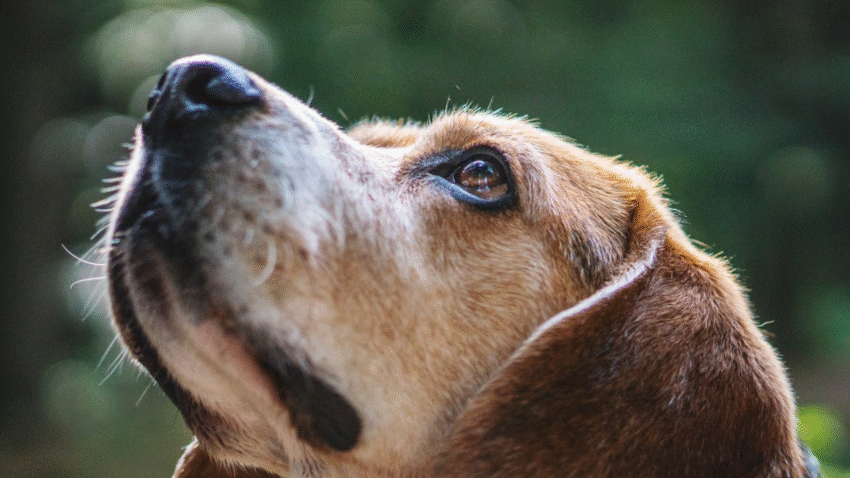Introduction
Struggling with unwanted behavior like chewing, barking, or not listening? Feeling frustrated and unsure how to correct your dog? You’re not alone. But here’s the good news: you don’t need fear, yelling, or punishment to discipline your dog. In fact, learning how to discipline your dog without punishment leads to faster results, a stronger bond, and a more obedient pup. In this guide, you’ll discover positive, effective methods to shape behavior and encourage good habits—without harm or harshness.
Why Positive Discipline Matters for Dogs
Dogs don’t misbehave out of spite—they act based on instincts, environment, and how we train them. Punishment often causes confusion, fear, and broken trust. On the other hand, positive discipline focuses on teaching and reinforcing the behavior you do want, rather than scolding the behavior you don’t.
Benefits of positive, non-punitive discipline include:
- Builds trust and respect
- Reduces anxiety and fear-based behaviors
- Leads to longer-lasting behavior change
- Encourages your dog to think and make better choices
- Creates a calmer, happier household
The goal is to guide, not punish. Let’s look at how to make that happen.
Step-by-Step Guide to Disciplining Without Punishment
Here’s how to correct behavior and reinforce good habits using positive, science-backed techniques.
1. Understand Why the Behavior Is Happening
Before correcting behavior, ask: What is my dog trying to achieve?
Common causes of unwanted behavior:
- Boredom
- Lack of exercise or mental stimulation
- Anxiety or fear
- Confusion about rules
- Reinforcement (accidental rewards)
Example: A dog that chews shoes may be bored or teething. A dog that jumps may just be excited for attention. Understanding the why helps you address the root cause.
2. Redirect, Don’t Punish
Instead of scolding bad behavior, show your dog what they should do instead.
Examples:
- Jumping on guests? Ask for a “sit” instead. Reward calm greetings.
- Chewing furniture? Give a chew toy and praise when they use it.
- Barking at the window? Redirect with a treat puzzle or guide them to another room.
The more your dog is rewarded for the right choice, the more they’ll repeat it.
3. Use Positive Reinforcement
This is the core of non-punitive training. When your dog does something right, reward immediately to strengthen the behavior.
What to use:
- Treats
- Praise
- Toys
- Belly rubs
- Clicker (if clicker training)
Key rules:
- Timing matters—reward within 2 seconds
- Be consistent—always reward desired behavior
- Keep sessions short and fun (5–10 minutes)
4. Set Clear, Consistent Rules
Inconsistent rules confuse dogs. If jumping is allowed one day but not the next, they don’t know what to expect.
Tips for consistency:
- Decide house rules and stick to them (e.g., no jumping, no couch, etc.)
- Use the same words/commands for actions (“Off” vs “Down”)
- Ensure everyone in the household enforces the same rules
Clarity creates structure, and dogs thrive when they know what’s expected.
5. Use Time-Outs (Calmly)
Time-outs are a gentle way to stop a behavior without yelling or punishment. It’s not about isolation—it’s about removing attention or access temporarily.
How to use:
- Interrupt the behavior with a calm “Oops” or “Enough”
- Lead your dog to a quiet, distraction-free space for 1–2 minutes
- Release them calmly once they settle
Only use this for things like overexcitement, jumping, or minor misbehavior—not fear-based issues.
6. Manage the Environment
Prevention is a powerful training tool. If you don’t want your dog getting into the trash, don’t leave it accessible. Set them up for success by controlling their environment.
Examples:
- Use baby gates to block off-limits areas
- Keep tempting objects (like shoes or food) out of reach
- Use crates, pens, or leashes to supervise during training stages
A well-managed space reduces mistakes and builds better habits over time.
Common Mistakes to Avoid
Even with good intentions, some habits can undo your training progress. Avoid these common discipline mistakes:
1. Yelling or Hitting
These only increase fear, stress, and confusion. They don’t teach your dog what to do—instead, they damage trust.
2. Inconsistent Reactions
Sometimes allowing jumping or barking and other times scolding for it confuses your dog. Be consistent every time.
3. Waiting Too Long to Correct
If you come home and find a mess, it’s too late to correct. Dogs live in the moment—only correct or redirect as the behavior happens.
4. Overusing “No” Without Teaching an Alternative
Saying “No!” over and over doesn’t teach your dog what you want. Always follow it with redirection to a better behavior.
5. Punishing Fear-Based Behavior
If your dog growls, hides, or barks due to fear, punishment will make it worse. Focus on calming, desensitization, and building confidence instead.
Extra Tips & Recommendations
Take your training to the next level with these bonus tips:
1. Reward the Good Before the Bad Happens
Catch your dog doing the right thing and praise it. This helps build habits before bad behaviors take root.
Example: If your dog is lying calmly instead of begging at the table—reward that!
2. Use Mental Stimulation to Prevent Misbehavior
Many dogs act out due to boredom. Use food puzzles, training games, and scent work to keep their brain busy and behavior balanced.
3. Train Every Day (Even for 5 Minutes)
Training isn’t just for puppies. Daily practice—even short sessions—keeps skills fresh and behavior consistent.
Conclusion
Disciplining your dog without punishment is not only possible—it’s the most effective and humane way to shape their behavior. With patience, consistency, and the right tools, you can build a calm, respectful, and well-mannered dog who trusts you fully. Positive discipline teaches your dog what to do, not just what not to do—and that’s the key to lifelong success.
🐾 Teach with kindness, and your dog will follow with loyalty.
💡 Stick with us for more step-by-step training and behavior tips!
